Description
Staying under shower without wasting water
Introduction
This shower prototype have been realized with Jonathan Benabed, auto-constructor o f his tiny-house
This system is largely inspired by the recycling shower project of Jason Selvarajan.
"A few figures:
- 40% of the water consumption of a French household comes from the use of the shower. This represents 60 to 80L of water per shower.
- A shower head has a flow rate of about 15L/min if no water saving device is installed.
- A French person spends an average of 10 minutes in the shower to wash, most of which is spent "enjoying" the hot water, waking up, etc.
"The recycling shower:
The objective of this shower prototype is to divide by 7 the water consumption of a shower without impacting the comfort of the user who want to stay under hot water for a while.
The shower is currently in the test phase in order to know its real environmental and economic impact. Indeed, depending on the purchase of new or second-hand equipment, the realization of this shower can very quickly become too expensive for real profitability (not to mention the ecological cost of new equipment).
In our case, we bought a maximum of second-hand equipment for a total cost of 150€.
According to the ShowerloopCalculator, this type of recycling shower is cost effective in less than a year of operation for a 4-person home.
The pictures presented come from a demonstration prototype, without housing integration for a better visibility of the system. However, it's relatively simple to adapt to a classic shower. Great care must be taken to ensure that the connections are watertight.
Principle of operation:
The principle of the recycling shower is to be able to fill a water tank of about 10L located under the shower tray.
When the user use the water from the shower to relax and enjoy, he can operate a valve to shut off the water supply to pump, filtrate, reheat and supply the shower head with water of the tank.
Estimates suggest a 7-fold reduction in the consumption of a conventional shower.
Any contribution that simplifies the system is welcome.
Sanitary Aspect:
The system permit a 20 microns water filtration then an activated carbon filtration to remove the last particles and smells
However, filters are not designed to eliminate potential bacteria.
It's possible to add a UV lamp ensuring the elimination of potential pathogens.
By comparing the use of the shower to a bath where user stay in his water, we have made the choice not to install UV lamp in view of the cost. We have not yet conducted a health test to determine whether or not such a lamp is useful.
Matériaux
- A tank or a plastic container with a minimum capacity of 10L
- A bunghole with overflow system and closing system
- One 1/2" male gland
- An instantaneous water-heater (Electrical with fuse or gas depending on context)
- A self-priming pump type camping car, 12V, minimum 10L/min (example) + 220V>12V power supply adapted (about 4A in 12V)
- An accumulator adapted to the pump (example)
- A filtration station with associated cartridges ( 50 microns, 20 microns, activated carbon) (example)
- Male to male adapters 3/4>1/2 for filter holders and possibly wall passageways
- A 3-way valve
- Flexible female / female 1/2
- Teflon coil
- Optional: a shower tray
- Optional: UV lamp
Outils
- Flat keys
- Screwdriver
- Hole saw
- Drilling machine
- Cutter
Étape 1 - Water tank and shower tray
- Using the hole saws, install the plug in the bottom of the tank and the overflow system at the maximum height of the tank.
- Install the wall passageway on the lowest level of the tank
- Perform a leak test
- Connect the outlet of the plug/overfill to the sewer system
- Remove the drain from the shower tray
- Install the reserve under the shower tray by aligning the hole in the shower tray with the drain in the reserve. (it is interesting to leave the reserve accessible from one side for maintenance)
- In order to be able to open or close the plug from the shower tray, adapt a rod, accessible by hand from the hole in the tray
"Note:
The tank is to be installed under the shower tray. According to the availability of each one:
- Either, take down the actual shower tray, raise him with a structure and install the tank behind (This option can need works more or less important)
- Or, use the actual shower tray to support the tank and install a second tray (From second-hand if possible) above, all thanks to a supporting structure
Étape 2 - Assembly of the recycling system
With the flexible female/female flexible
- Connect the wall pass-through from the reserve to the inlet of the filtration plant
- Connect the outlet of the filtration station to the pump
- Connect the pump to the accumulator
- Connect the accumulator to the inlet of the instantaneous water heater
- Connect the instantaneous water heater output to one of the 3-way valve inputs
- After turning off the water upstream, unscrew the hot water inlet of the mixer tap.
- Connect the second inlet of the 3-way valve to the inlet of the hot water from the network.
- Connect the outlet of the 3-way valve to the hot inlet of the mixer tap
- Check the tightness by pressurizing
- Make the electrical connection to the water heater and pump, taking care to comply with the installation rules (fuse, out of water, etc.)
Optional:
- If the choice is made to install a UV lamp, install it after the tank
"'Remarks:
- The entire recycling circuit can be, for example, fixed to a wall adjacent to the shower or hidden in a cupboard at the bottom of the shower.
- The use of electricity (pump and water heater) requires careful assembly according to the assembly rules of each system to avoid any incident.
- Be careful to locate the 2 inputs (which have a "closed" position) of the 3-way valve and the output, which always remains open
- If the instantaneous water heater allows it, set the hot outlet to the temperature that you think is ideal for a shower.
- Be careful with the positioning of the filter holders: you must leave 10 to 15 centimeters under them in order to be able to unscrew them.
Étape 3 - Use of the system
- During the washing phase, with soap, use the shower on the classic way, 3-way valve on sanitary hot water
- When passing on relax mode:
- Close the bunghole of the tank
- Put the mixer to the maximum on hot, only if you have been able to adjust the temperature of the water-heater (Otherwise, beware of burns!)
- The pump and the water heater are automatically switched on, allowing you to stay under the hot water for the desired time.
- When the shower is finished, empty the tank and switch the 3-way valve and the mixer to the classic position
Note:
This is one of the possible utilization. Other tests have to be done like using of the recycling with well soapy water or even using of the tank for multiple showers.
Étape 4 - Maintenance
- The bottom of the tank should be cleaned regularly to remove hair and other coarse impurities (As a classic shower)
- The 20 and 50 microns should be cleaned when the shower flow rate decreases (In prnciple every year)
Notes et références
- Tutorial directed by Pierre-Alain Lévêque, Low-tech Tour France in collaboration with Jonathan Benabed
- System largely inspired by the showerloop
Published
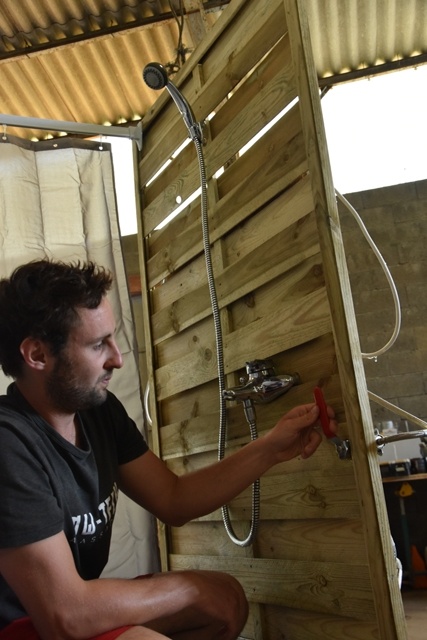
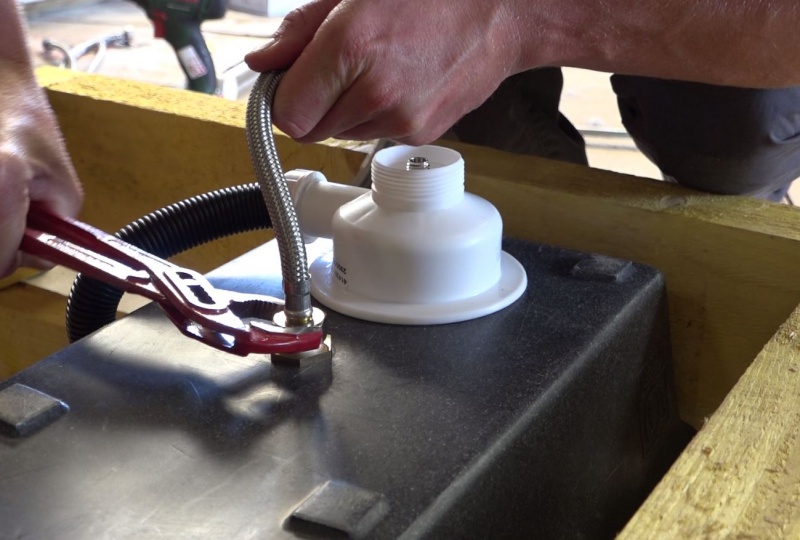
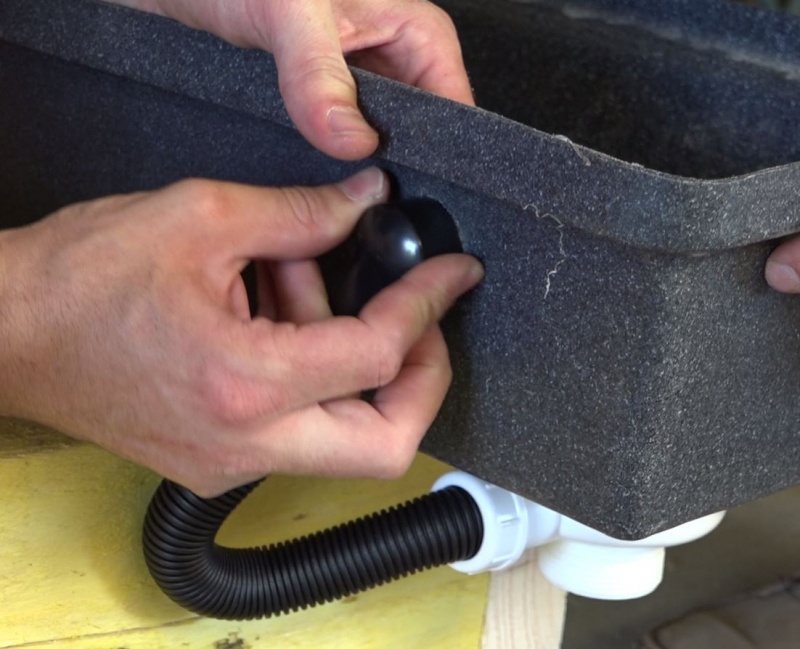
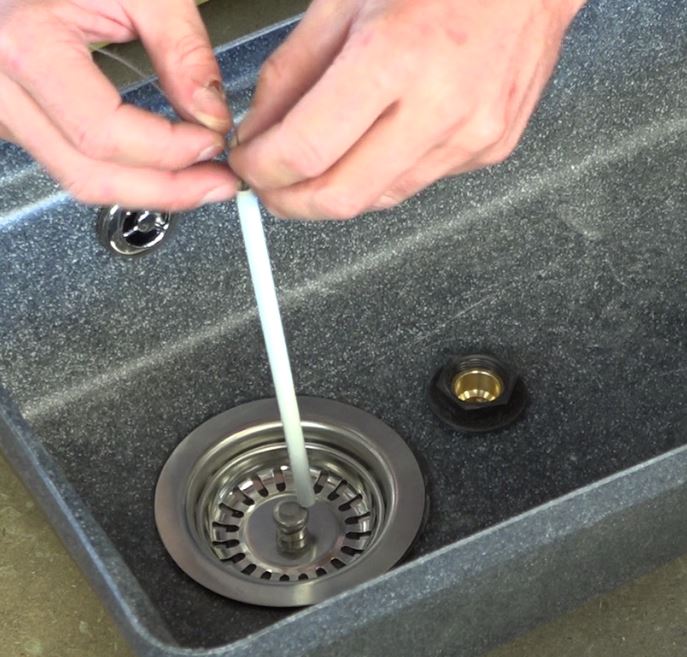
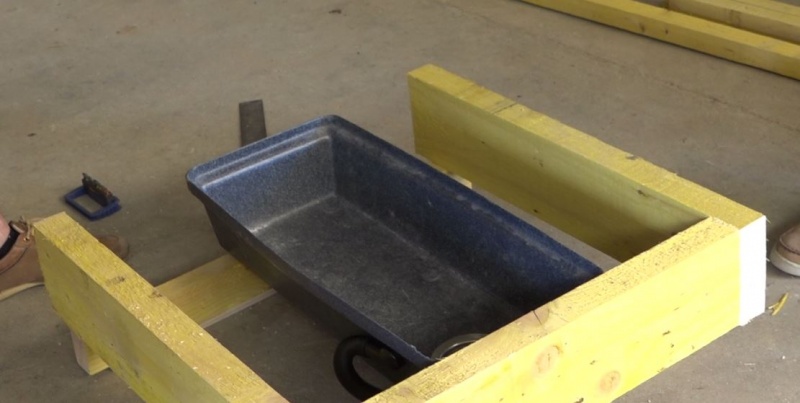
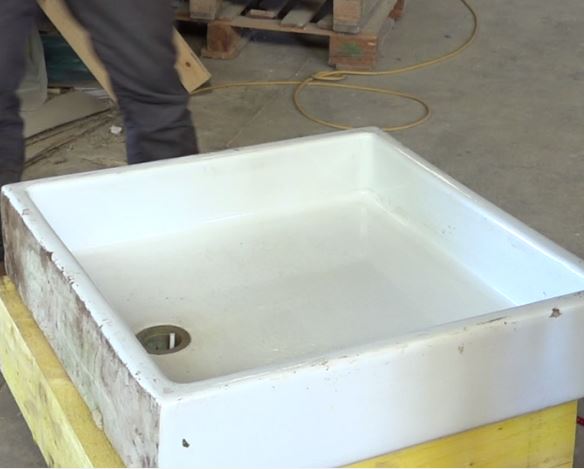
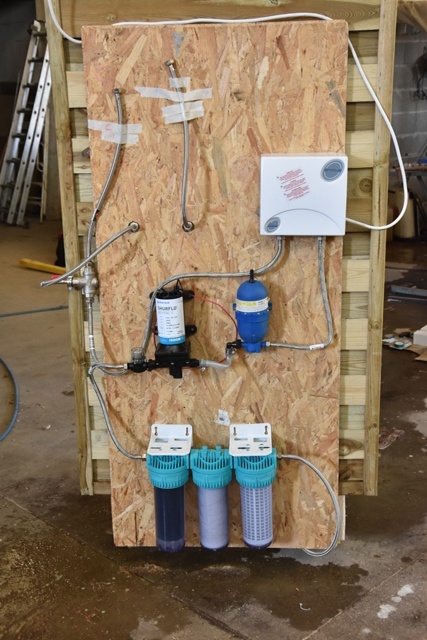
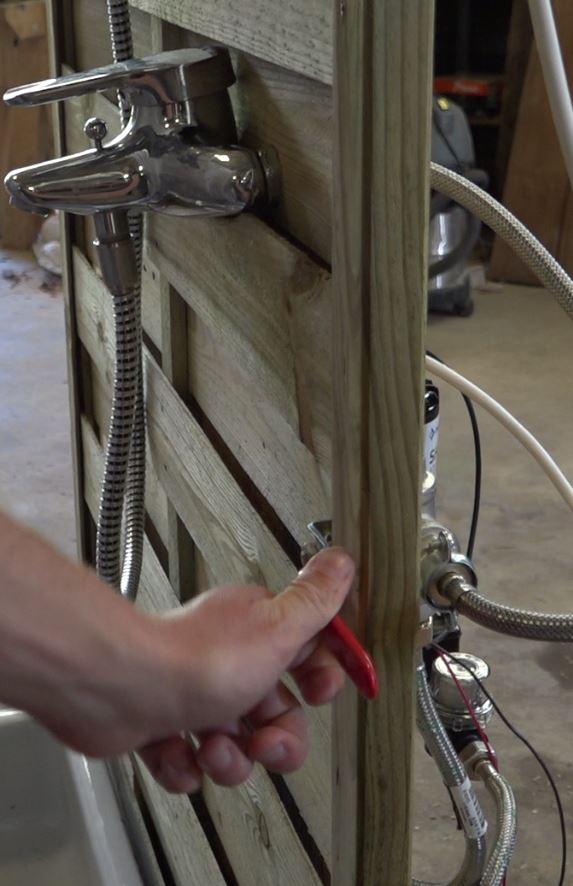
 Français
Français English
English Deutsch
Deutsch Español
Español Italiano
Italiano Português
Português
It seems Sam Smith (fellow creator/hacker) also made a fork of Showerloop — you can see it documented here: https://www.facebook.com/30000066/videos/573601834162681/
I'd love to learn about the differences between this version of the Showerloop and the one Sam documented, in terms of construction and performance.